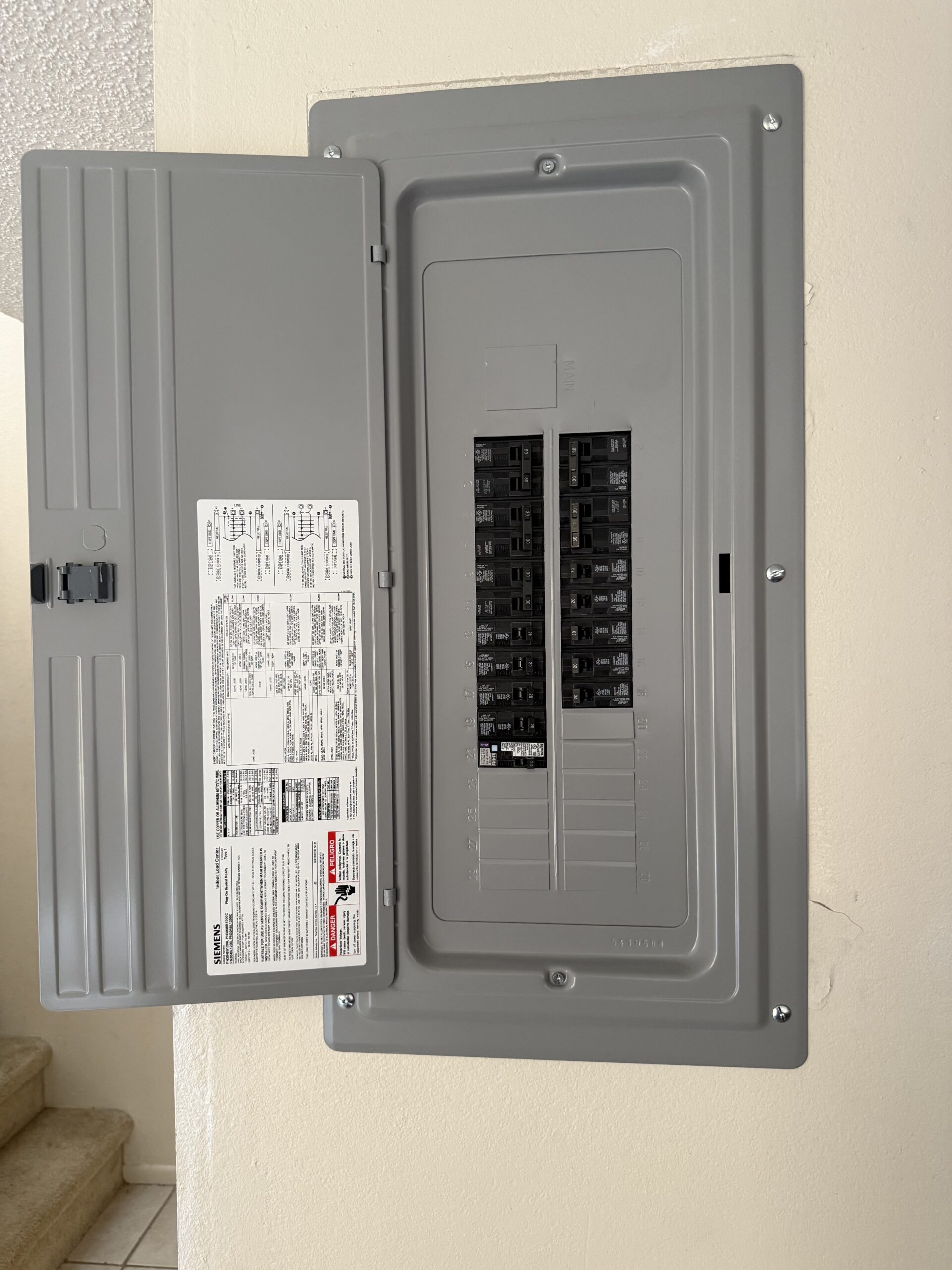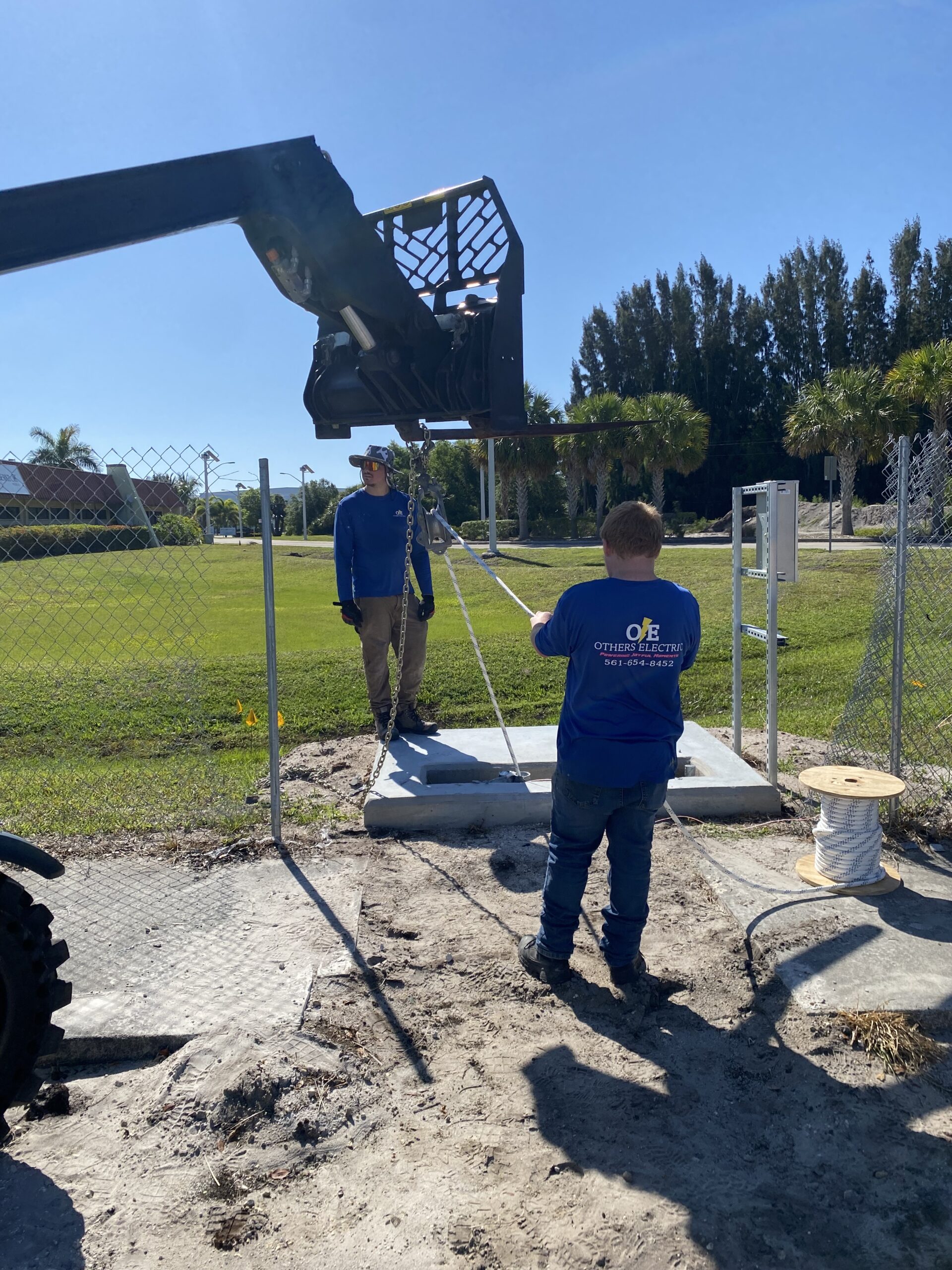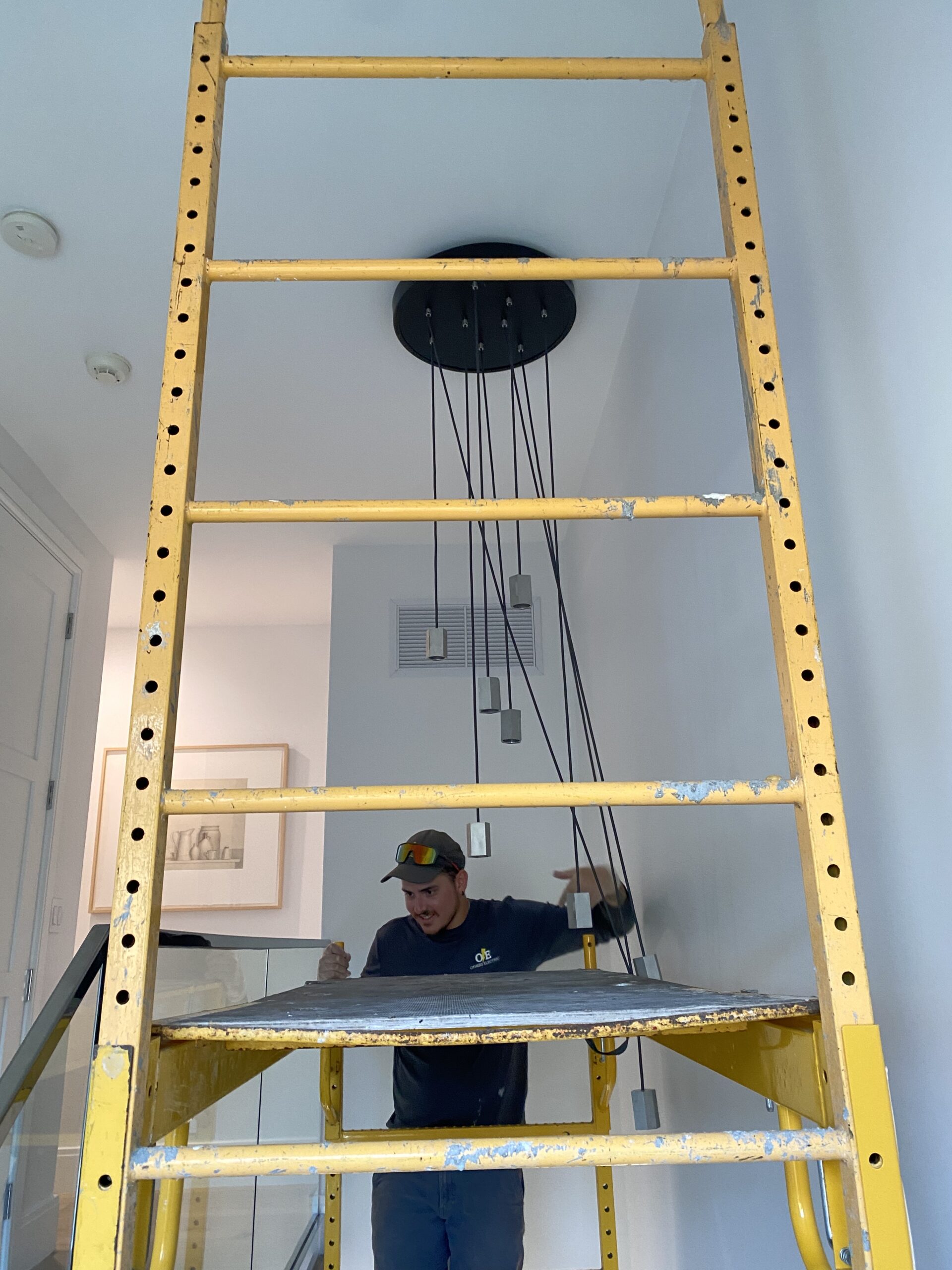When designing an outdoor lighting system, fixture placement and light temperature may be top of mind. But there’s one technical detail that plays a critical role in the safety and performance of your system: wire gauge. Understanding what gauge wire for landscape lighting is appropriate ensures your lights operate efficiently, safely, and without dimming due to voltage drop. Selecting the wrong wire can lead to inconsistent performance, potential overheating, and long-term reliability issues.

Why Wire Gauge Matters
Wire gauge refers to the thickness of the wire, measured by the American Wire Gauge (AWG) system. The lower the gauge number, the thicker the wire. In landscape lighting, the gauge directly impacts how much electrical resistance the wire has over long distances. If a wire is too thin for the power load or the distance it needs to run, the resistance increases and voltage drops, leading to dim or flickering lights.
Because landscape lighting often involves long cable runs to reach various fixtures across a property, selecting the proper wire gauge is essential to maintain consistent light output throughout the system.
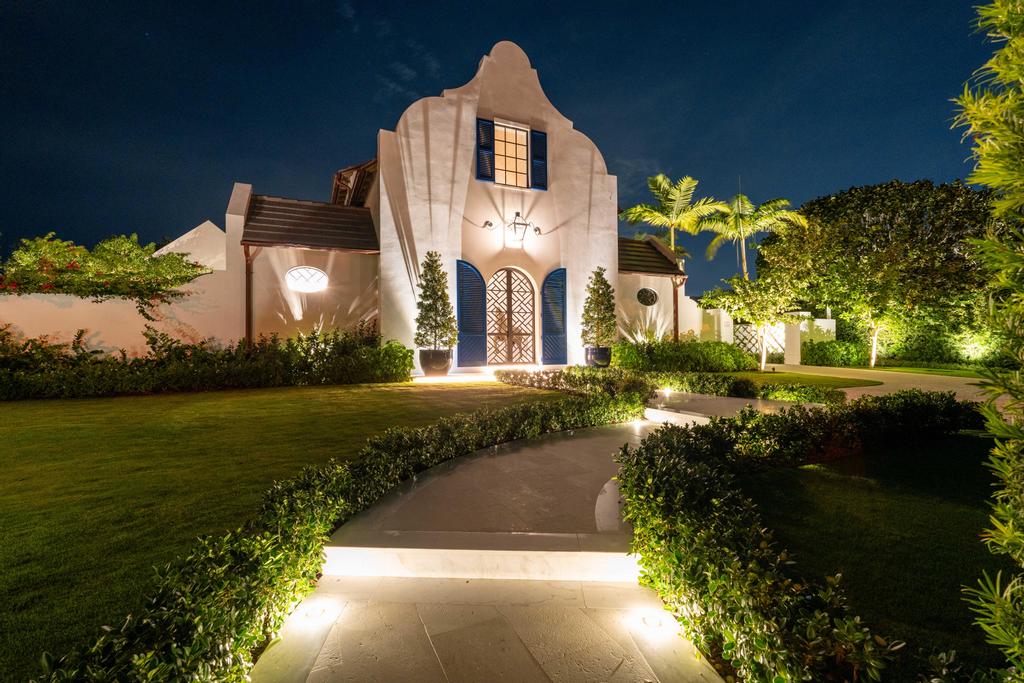
Commonly Used Gauges in Landscape Lighting
The most commonly used wire gauges for low-voltage (12V) landscape lighting are:
- 12-gauge wire: Ideal for most residential landscape lighting setups. It offers low resistance and can handle longer runs with multiple fixtures.
- 14-gauge wire: Suitable for shorter runs or smaller systems with limited fixtures. Not recommended for long distances due to higher voltage drop.
- 10-gauge wire: Used for heavy-duty applications, longer runs, or when many lights are wired in a series. Offers very low resistance.
Most landscape lighting systems work well with 12-gauge wire as a starting point. However, as the system becomes more complex or involves longer cable lengths, upgrading to a thicker wire like 10-gauge can ensure performance remains consistent.

Calculating the Proper Gauge for Your System
Determining what gauge wire for landscape lighting depends on three key factors:
- Total wattage of all connected fixtures on a wire run.
- Total length of the wire from the transformer to the furthest fixture.
- Voltage (typically 12V or 24V in low-voltage systems).
Using these three inputs, you can estimate voltage drop using an online voltage drop calculator or wire sizing chart. Ideally, voltage drop should be no more than 10% of the total voltage. For a 12V system, this means no more than a 1.2V drop.
For example, if you’re running ten 5-watt LED fixtures (totaling 50 watts) over a 100-foot run, a 12-gauge wire will likely be sufficient. But if you’re doing the same over 200 feet, a 10-gauge wire would provide better efficiency and reliability.

Wire Layout Methods: Hub vs. Daisy Chain
Wire layout also influences gauge decisions. In a daisy chain layout, fixtures are wired one after another in a series. This is simple but increases voltage drop at the end of the line. In this case, a thicker wire is often necessary to maintain performance.
In a hub layout, a central junction point connects each fixture using shorter wire runs. This method allows more control over wire gauge per section and often reduces overall voltage drop. While more materials may be needed upfront, hub wiring can extend the system’s lifespan and make troubleshooting easier.

Low-Voltage vs. Line-Voltage Systems
Most landscape lighting systems today are low voltage (12V or 24V), which are safer and more energy-efficient for residential use. These systems require a transformer to reduce the standard 120V line voltage to a lower voltage. Because low-voltage systems are more sensitive to resistance and voltage drop, choosing the correct wire gauge is especially important.
In line-voltage systems (120V), which are less common in modern landscaping due to safety concerns, the gauge requirements differ and must follow specific NEC guidelines. These installations should always be handled by licensed professionals.
Weatherproofing and Durability
Landscape lighting wire is typically direct burial-rated, meaning it is designed to withstand underground moisture, temperature changes, and UV exposure when installed above ground. Regardless of gauge, it’s essential to use outdoor-rated wire that complies with local electrical codes.
Always install connections with waterproof wire nuts or gel-filled connectors to avoid corrosion and maintain long-term connectivity. If wire splices are exposed to the elements, they can fail quickly, even if the wire gauge is correct.

Professional Guidance and Installation
Choosing the right wire gauge is just one part of building a durable, efficient landscape lighting system. Ensuring proper transformer sizing, safe connections, and professional routing are equally important. If you’re unsure which wire gauge to use or need help installing your system, Others Electric provides expert low-voltage lighting design and installation services tailored to residential landscapes.
Their licensed electricians evaluate your layout, calculate correct wire runs, and install a clean, reliable system that performs perfectly from the first switch-on.
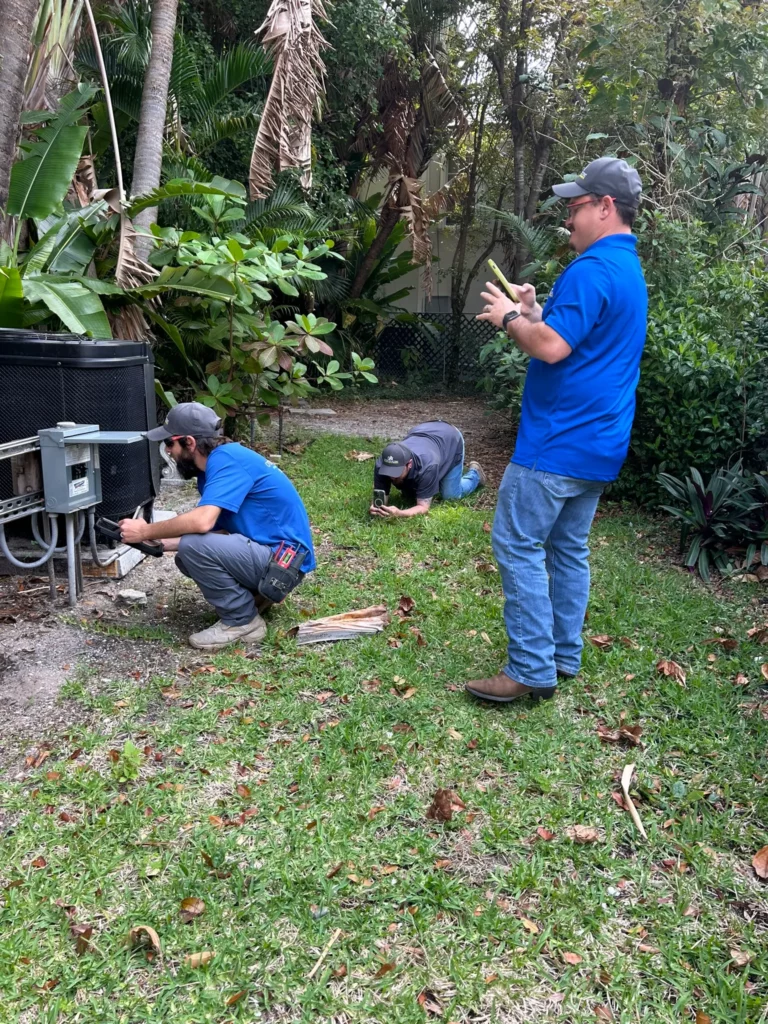
Conclusion
Choosing what gauge wire for landscape lighting requires thoughtful planning based on distance, load, and layout type. While 12-gauge wire is standard for most projects, longer runs and larger systems may require 10-gauge for optimal performance. Undersized wire can result in frustratingly dim or inconsistent lighting, while the correct gauge ensures efficient, safe operation.
By planning wire paths carefully, considering voltage drop, and using weather-rated materials, you can enjoy a lighting system that not only looks great but performs reliably year after year. For professional design, installation, and maintenance, consult with the experts at Others Electric or review guidelines from the National Electrical Code (NEC) for safe wiring practices.



